The Balance organ, also Vestibular apparatus, is located in pairs in the right and left inner ear. The three semicircular canals, which are perpendicular to each other, report rotational accelerations, and the otolith organs (sacculus and utriculus) react to translational accelerations. Due to the physical mode of action, brief disorientation can occur after an acceleration or braking phase.
What is the organ of equilibrium?
The organ of equilibrium in its entirety, or better, the vestibular apparatus, consists of several organs of equilibrium in the inner ear. A semicircular canal each is available for the pitch, roll and vertical axes to report rotational accelerations. The three semicircular canals are perpendicular to each other.
The two otolith or macular organs sacculus and utricle serve to record and report linear (translational) accelerations. Although there are only two organs, linear accelerations can be detected in the three possible directions up / down, right / left and forwards / backwards. The sensory properties of all equilibrium organs are based on the inertia of the endolymph in the semicircular canals and tiny calcium carbonate crystals (otoliths) in the macular organs.
The function of the balance organs is very important for the sense of balance, but is not exclusively responsible for balance. In addition - and partly correcting - the sense of sight acts. The sense of balance is enhanced by thousands of proprioceptors, which contribute information about muscle tension and the flexion angle of the individual joints.
Anatomy & structure
The three semicircular canals filled with endolymph consist of small semicircular tubes that are connected to each other at the base. Each semicircular canal thickens in the lower area to form an ampoule, into which fine sensory hairs (mechanoreceptors) reach. In the event of a rotational acceleration in the plane of the corresponding semicircular canal, the endolymph remains briefly in the initial position due to the inertia, so that it moves against the rotational acceleration.
This deflects the sensory hairs in the ampoule and generates an electrical stimulus that is reported to certain areas of the brain and the visual center via the vestibulocochlear nerve. A gelatinous membrane in the two macular organs contains tiny calcium carbonate crystal grains (otoliths or statolites).
In the case of linear acceleration, the inertia of the tiny crystals briefly deflects the statolith membrane in the direction opposite to the acceleration. The sensory hairs protruding into the macular membrane bend and generate an electrical stimulus, which is also transmitted by the vestibulocochlear nerve.
Function & tasks
The task of the vestibular organs is to transmit rotational and linear accelerations to certain areas of the brain. Rotational accelerations or decelerations in the tilt, roll or vertical axis are reported from one semicircular canal each.
The utriculus perceives linear accelerations in the two horizontal directions “front / back” and “right / left” and the utriculus reacts to vertical acceleration. In an upright position, the saccule's sensory hairs are constantly slightly deflected due to gravity, which represents a vertical linear acceleration towards the center of the earth. This creates a feeling for the position of the body in space, which is extremely helpful for orientation in the dark and enables walking or standing without sight.
Uniform movements are the result of previous accelerations, but are not perceived by the mechanoreceptors because they are not bent. Decelerations of a linear or rotary movement are perceived as acceleration in the respective opposite direction. In addition to the support for orientation in space, the reported accelerations have a direct effect on involuntary eye movements.
Every perceived rotational or linear acceleration causes an involuntary reflex-like eye movement in the opposite direction in order to be able to keep the natural environment in view. The eyes are stabilized, so to speak, when walking, running and jumping, so that we can continue to see the surroundings in focus despite accelerations without “blurring” (comparable to a gyro-stabilized camera).
Illnesses & ailments
If the perceived accelerations do not match what you see, the different sensations cause a sensor conflict (imbalance). In these cases, the vision always acts as the “master”, the vestibular sense of acceleration is manipulated and adapted to the vision.
This can be very helpful in cases in which vestibular false reports occur briefly (1 to 3 seconds). If the discrepancies persist, you may feel unwell, dizzy, or nauseous and even vomit. Similar symptoms can also be caused by disorders and diseases in the inner ear on the vestibular organs. Temporary disorders can be caused by inflammatory processes in the inner ear or by injuries such as the base of the skull fracture. After healing, the symptoms will go away on their own.
Unpleasant dizziness can have a variety of causes and appear as a side effect of circulatory disorders or caused by nervous damage or special psychological exceptional states. In the case of long-lasting and recurring attacks of vertigo (vertigo), Menière's disease can be the cause. It is a metabolic disorder of the inner ear, the cause of which is not sufficiently understood. Since direct causal treatment is not possible, drug therapies and treatments aim to alleviate the symptoms.

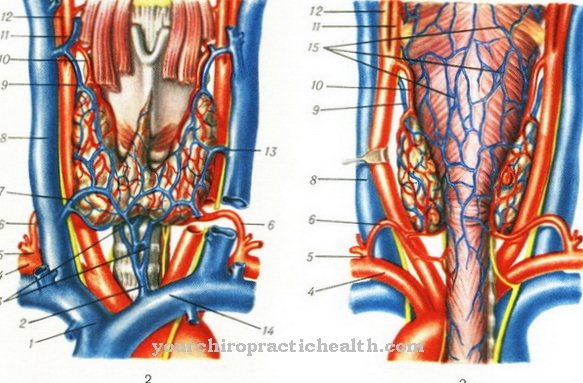
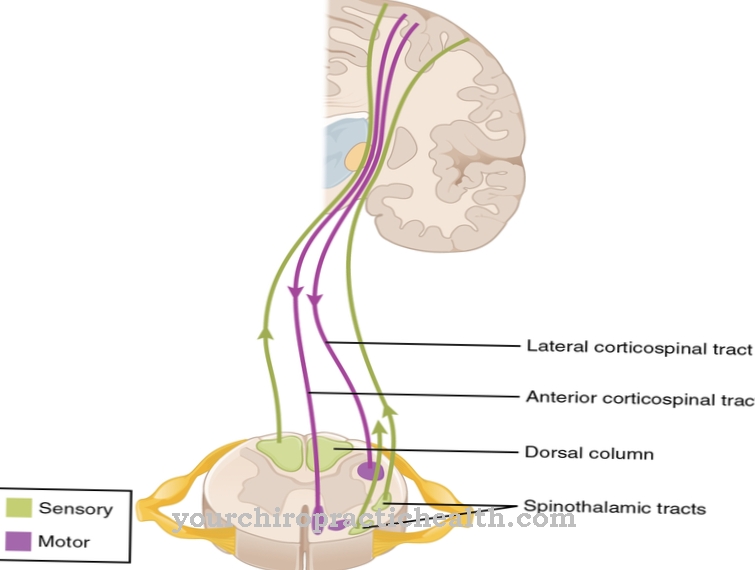
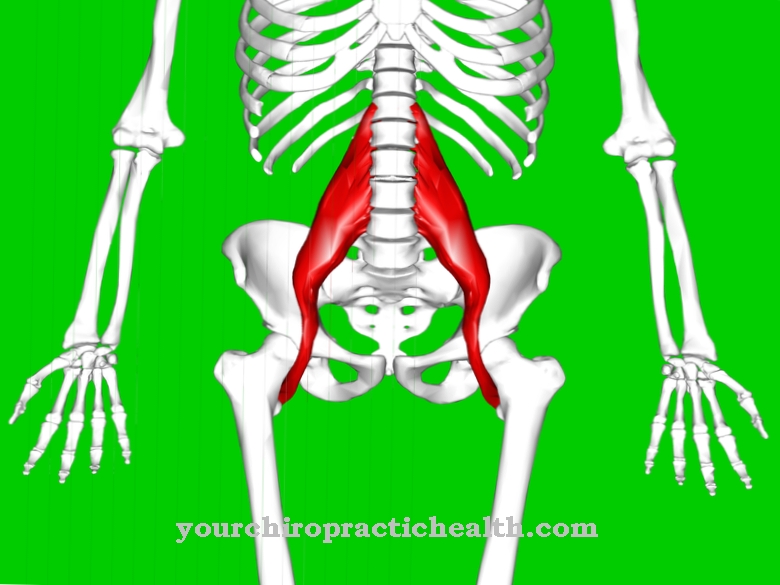
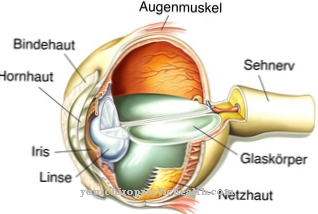
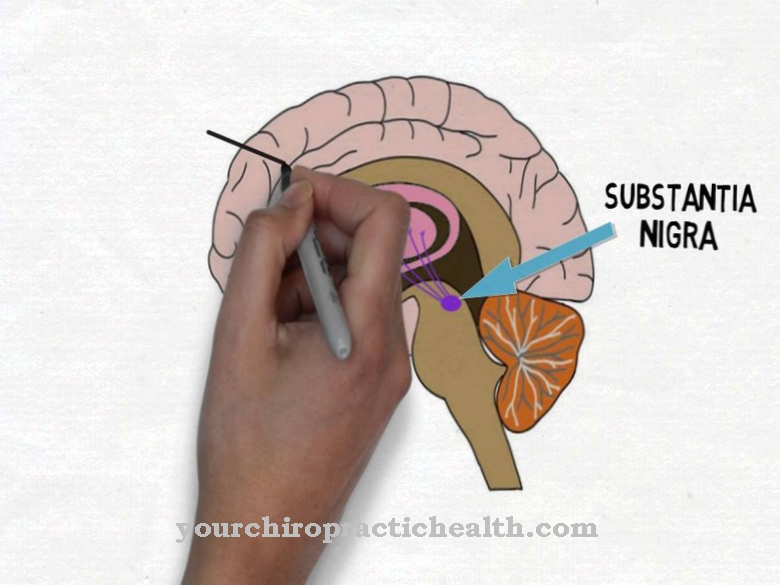


.jpg)



















